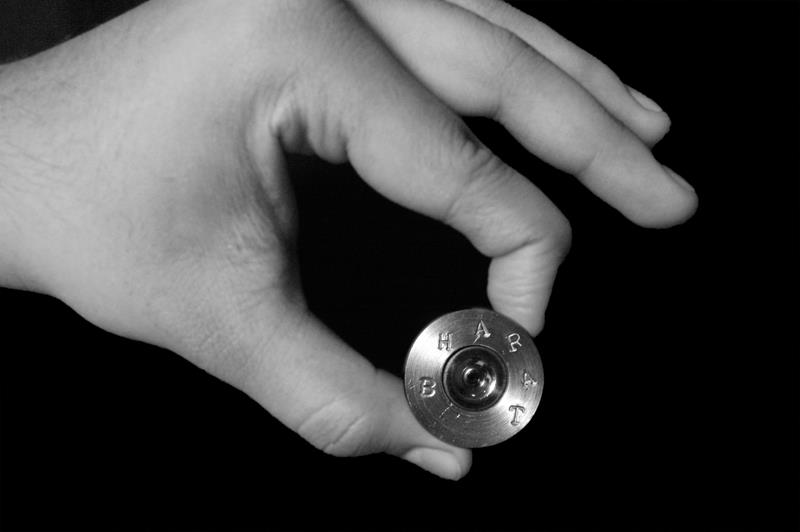
Die Types
The die is the basic heart of many manufacturing operations ranging from drawing to bending. Die can be defined as female part of a complete tool set used for producing work in press. It can be addressed as a complete tool set consisting of pair of mating members for producing work in a press.
Dies are used specially in manufacturing process to cut or reshape material using a press. Similar to moulds, dies are also customized according to the item they are created for. Dies are used for manufacturing simple products like paper clips to complex pieces used in other advanced technology.
Dies can be classified into two types based on their press operation and also according to their method of operation. This article further speaks on dies classification on basis of press operation.
On basis of operation dies can be classified as cutting dies and forming dies.
- Cutting Dies: Cutting dies are used mainly to cut metals by their cutting or shearing action. Common cutting dies include blanking dies, shaving dies, trimming dies.
Shaving dies: These dies are those dies which remove small amounts of material from the edges of the part to improve the finish or part accuracy.
Trimming dies: These are those dies which are helpful in removing any unwanted or excess irregular amounts from the part, thus being used in last operations mostly before final product is obtained.
Blanking dies: These dies produce generally a flat piece of material by cutting any desired shape in a particular single operation. This finished part is addressed as blank and hence the name-blanking dies. These dies normally cut the outer contour of the part, hence used for working on parts requiring no internal features.
2. Forming Dies: Forming dies are those dies which change the appearance of the blank without removing any stock. Common forming dies are drawing dies, squeezing dies, coining dies.
Drawing dies can be used for drawing many materials including wire, tubes, pipes, rods and bars. These drawing dies have a hole through their centre. From one side of this hole, wire or rod of steel, copper or other alloys enters and is further lubricated and reduced in size. These dies are divided into various sections including entrance angle, approach angle, bearing and back relief. Entrance angle guide the wire into the die, whereas approach angle brings the wire to the central die-nib, initiating the wire-reduction. You can read further on wire-drawing dies geometry in other blog article on Drawing Die Sketch.
Coining dies are those dies which are used to form completely different features on either side of the blank, with these features present on the die. The coining die and punc flow the metal by squeezing the blank within a confined are.
The following article would speak on different types of dies on basis of method of operation including single operation, compound dies, combination dies, progressive dies, transfer dies and multiple dies.
This entry was posted on Thursday, February 6th, 2014 at 6:13 pm and is belong to category Blog.




